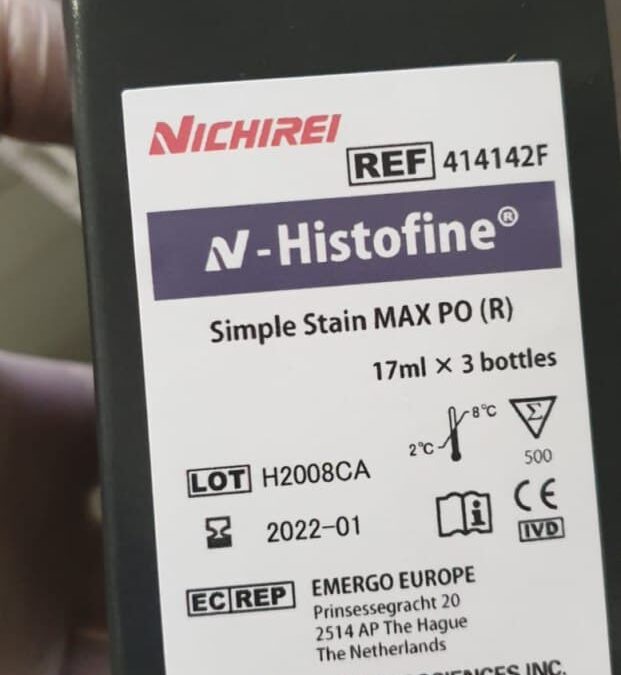Over 20 yr in the past, a small noncoding class of RNA termed microRNA (miRNA) that was capable of acknowledge sequences in mRNAs and inhibit their translation was found in Caenorhabditis elegans. In the intervening years, miRNA have been found in most eukaryotes and at the moment are recognized to manage the majority of protein-coding genes. It has been found that disruption of miRNA operate typically results in the improvement of pathological situations. One physiological system below intensive miRNA-mediated regulation is metabolism.
Metabolism is one of the most dynamic of organic networks inside a number of organs, together with the liver, muscle, and adipose tissue, working in live performance to answer ever-altering dietary cues and vitality calls for. Therefore, it isn’t shocking that miRNA regulate nearly all facets of eukaryotic metabolism and have been linked to metabolic problems, similar to weight problems, fatty liver ailments, and diabetes, simply to call a couple of. Chickens, and birds in common, face their very own distinctive metabolic challenges, notably after hatching, when their metabolism should utterly remodel from utilizing lipid-wealthy yolk to carbohydrate-wealthy feed as gasoline in a really quick interval of time.
Furthermore, industrial poultry breeds have undergone intensive choice over the final century for extra fascinating manufacturing traits, which has resulted in quite a few metabolic penalties. Here, we evaluate the present data of miRNA-mediated regulation of metabolic improvement and performance in chickens. BHMC was proven to advertise G2/M cell cycle arrest and apoptosis in MCF-7 cells.
However, the cytotoxic results of BHMC on ER optimistic breast most cancers cells weren’t broadly reported. This research was aimed to analyze the cytotoxic potential of BHMC on MCF-7 cells utilizing cell viability, cell cycle, and apoptotic assays. Besides, microarray and quantitative polymerase chain response (qPCR) have been carried out to establish the listing of miRNAs and genes, which might be dysregulated following BHMC therapy. The present research found that BHMC reveals selective cytotoxic results on ER optimistic MCF-7 cells as in comparison with ER damaging MDA-MB-231 cells and regular breast cells, MCF-10A.
Microarray and qPCR evaluation demonstrated that BHMC therapy would upregulate a number of miRNAs like miR-3195 and miR-30a-3p and downregulate miRNAs similar to miR-6813-5p and miR-6132 in MCF-7 cells. Besides, BHMC administration was additionally discovered to downregulate few tumor-selling genes like VEGF and SNAIL in MCF-7. In conclusion, BHMC induced apoptosis in the MCF-7 cells by altering the expressions of apoptotic-regulating miRNAs and related genes.
Expression and processing of polycistronic synthetic microRNAs and trans-performing siRNAs from transiently launched transgenes in Solanum lycopersicum and Nicotiana benthamiana
Targeted gene silencing utilizing small regulatory RNAs is a broadly used approach for genetic research in vegetation. Artificial microRNAs are one widespread strategy; they’ve the benefit of producing only a single purposeful small RNA which might be designed for top goal specificity and low off-goal results. Simultaneous silencing of a number of targets with synthetic microRNAs might be achieved by producing polycistronic microRNA precursors. Alternatively, specialised trans-performing quick interfering RNA (tasiRNA) precursors might be designed to supply a number of particular tasiRNAs without delay.
Here we examined a number of synthetic microRNA- and tasiRNA-primarily based strategies for multiplexed gene silencing in Solanum lycopersicum (tomato) and Nicotiana benthamiana. All analyses used transiently expressed expressed transgenes delivered by infiltration of leaves with Agrobacterium tumefacians. Small RNA sequencing analyses revealed that many beforehand described approaches resulted in poor small RNA processing. The 5′-most microRNA precursor hairpins on polycistronic synthetic microRNA precursors have been typically processed extra precisely than precursors at the 3′ finish.
Polycistronic synthetic microRNAs the place the hairpin precursors have been separated by switch RNAs had the finest processing precision. Strikingly, synthetic tasiRNA precursors didn’t be processed in the anticipated phased method in our system. These outcomes spotlight the want for additional improvement of multiplexed synthetic microRNA and tasiRNA methods. The significance of small RNA sequencing, versus single-goal assays similar to RNA blots or actual-time PCR, can be mentioned.
Colorectal most cancers (CRC) is one of the commonest human cancers and the fourth main trigger of most cancers-associated demise. Previous research have reported that miR-4429 develops anticancer operate in follicular thyroid carcinoma and non-small cell lung most cancers. However, whether or not miR-4429 is implicated in the CRC development stays to be clarified. The goal of our present research was to discover the potential position of miR-4429 in CRC. According to the outcome of quantitative actual-time polymerase chain response evaluation, miR-4429 was expressed at a low degree in CRC cells. Gain-of-operate assays confirmed that the upregulation of miR-4429 inhibited cell proliferation, migration, invasion, and epithelial-mesenchymal transition (EMT) course of in CRC, whereas miR-4429 inhibition led to the reverse outcomes.


